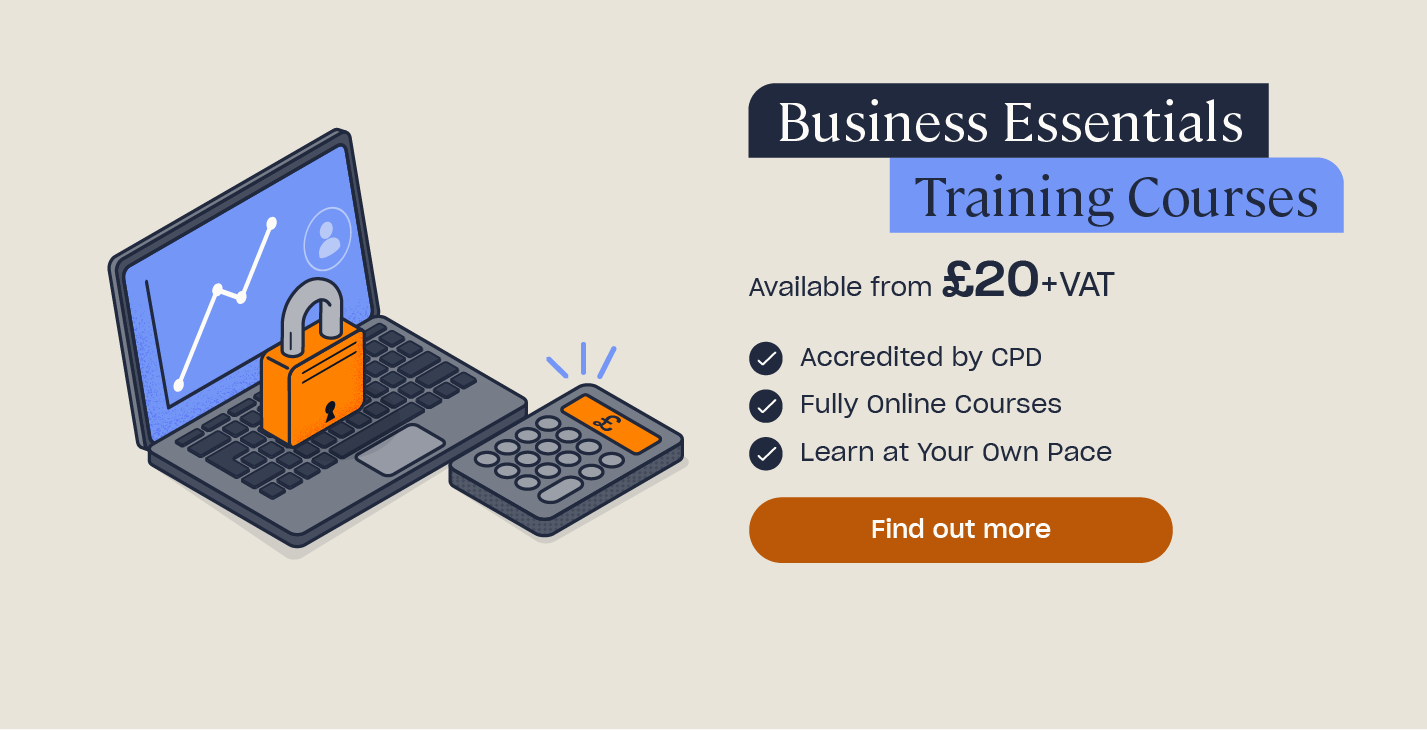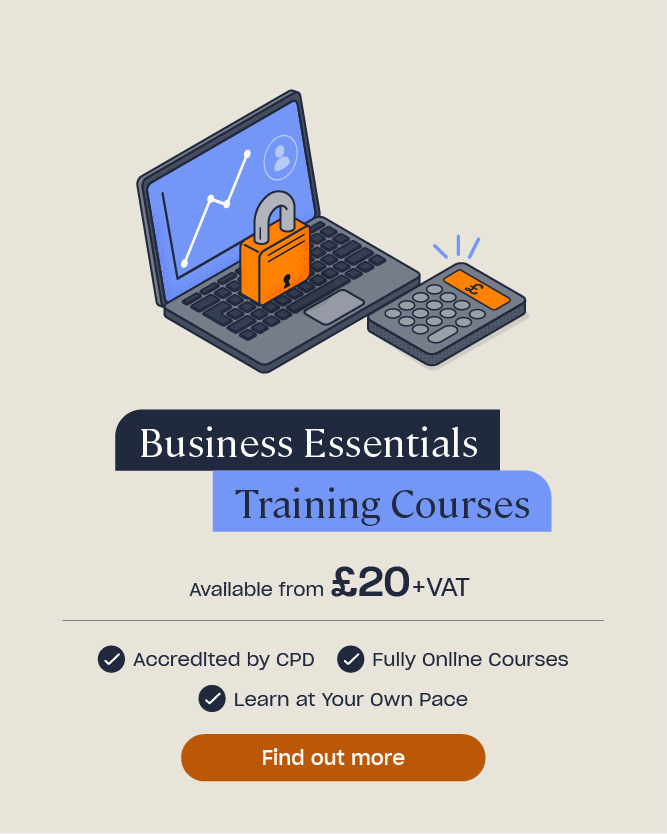A Personal Development Plan (PDP) Guide & Template
What is a Personal Development Plan?
Personal development is an ongoing process that drives you to improve your knowledge, skills and experience, so that you can achieve your goals. A personal development plan (or PDP) is a method of focussing your goals into achievable steps, which helps you keep track of your personal development.
Why Should I Create a Personal Development Plan?
Your plan may be aimed at your education, career or personal goal, or a mixture of all three – that is up to you to determine. Whatever the case may be, a good plan will provide you with a clear sense of focus. It helps you map out a path towards your goals, strategise a plan to achieve them, record the actionable steps you will take, and set a timeframe for completing them. Focussing your goals into a PDP helps you maintain your vision, keep on track to achieve your targets, and reflect on your progress.
Simply put, a PDP can help you build a clear understanding of what you want to achieve and how you are going to achieve it.
Interested in Learning More?
Let us help with your personal development goals this year. Choose from a wide range of business essentials courses, whether it be Leadership and Management, Starting a Business, or Coaching and Mentoring. You could have your CPD recognised certificate in a matter of hours!
A clear plan can also support your positive mental wellbeing and improve your level of satisfaction. It can provide a sense of direction, purposefulness and a feeling of success as you start to fulfil your potential. All of these can have very positive impacts on your mental health.
Therefore, discovering what your goals are, getting organised and giving yourself a sense of direction can be incredibly beneficial. This article will give you an understanding of how to write a personal development plan, as well as provide you with a handy template to support your development journey.
How to Write a Personal Development Plan
There are seven steps to writing a PDP:
- Set yourself goals.
- Prioritise those goals.
- Set yourself deadlines for when you want to achieve them.
- Recognise threats and opportunities.
- Develop your skills or increase your knowledge.
- Use your support network.
- Measure your progress.

1. Set Yourself Goals
The first step is to set yourself goals. Think about what you want to achieve, whether that’s within a few weeks, within a year, or over your lifetime.
Deciding what you want is not only the first step in planning, it’s also the hardest. Once you’ve figured out what you want to do, that goal will provide clear direction and a structure for your resulting plan.
At this stage, your goals will feel big. You might be wondering how you are ever going to achieve them. Don’t worry – the next step is to prioritise and turn those goals into smaller, actionable steps that will support you on your way to achieving them.
2. Prioritising Your Goals
Now that you have your goals, the next stage is to break them down into smaller steps. When doing this, it’s important that your goals are SMART:
- Specific. Avoid large, ambiguous steps. These won’t support you on your way to achieving your goals. Insted, make sure that your goals are specific and clearly highlight the skill, knowledge or experience you want to develop.
- Measureable. You need to be able to monitor and reflect on your progress. Therefore, your goals need to be measurable, such as by setting a goal to develop your SEO knowledge with a measurable target of growing your website traffic by a set, defined percentage.
- Attainable. Your goals need to be achievable and realistic. You need to think about if it is something you can realistically achieve with the time and resources you have. If not, you will likely be setting yourself up for failure.
- Relevant. It’s important to keep your overall goal in mind and make sure that every step you take is supporting you to achieve it. You don’t want to be spending time doing things that don’t get you where you want to go.
- Time-bound. Set yourself key targets to achieve and deadlines in which to achieve them. This will help you stay focussed on achieving your goals. However, it’s important to make sure you are realistic in what you can achieve in any given period. Don’t try to achieve everything all at once. It’s unrealistic and you won’t be setting yourself up well to achieve them. Remember that personal development is a journey – your PD plan can continue to grow and develop as you take those steps towards your goals.
Once you have your goals, you’ll need to prioritise them.
In your PDP, you should be setting yourself mini goals to make the big ones happen.
For example, if you wish to pursue a career in academia as a senior lecturer and then a professor, a necessary step to succeeding in this goal is to achieve a PhD. So that would be one of your long-term goals. You then need to break it down into steps, such as:
- Learn about the PhD application process.
- Find a suitable university and supervisor for a PhD.
- Look at routes for funding.
- Find studentships to apply for or apply to your university of choice.
- Write and submit your PhD application.
3. Set Yourself Deadlines
Knowing when you want to achieve a goal is crucial, and picturing your future is an important source of motivation and inspiration.
Having goals and a set deadline will drive your motivation to achieve them. For example, if your goal is to buy a home, knowing when you want to achieve it will help you calculate exactly how much money you need to save each year in order to get your deposit. The same is true for your skills, knowledge and experience development. As mentioned above, setting realistic and time-bound goals are essential to achieving them.
One good way to understand more about achieving your goals is to speak to those who have previously trodden a similar path. Learning about their experiences can help you understand key barriers to, or methods of, success that may also be applicable to your PDP.

4. Recognise Threats and Opportunities
When considering your goals, you should identify your own strengths, consider areas of weakness you can develop, look at the opportunities available to support you in achieving your goals, and any threats that may hinder you in your progress. This is called a SWOT analysis. Note that these threats may be external or they may be core skills that you can develop as part of your PDP.
For example, a lack of motivation could hinder your plans to apply for a PhD. However, once you’ve identified your tendency to procrastinate or lose focus, you can put in place methods that will keep you motivated.
There are also going to be things that you could do, and connections with people or resources you could take advantage of, that will help you on your way. These are your opportunities that you should commit to doing.
For example, if there’s a conference coming up, take advantage of that. Go along and network, stay up to date on the latest knowledge, or even present a paper. These are all opportunities that could help you achieve your goals.
5. Develop Yourself
Once you have an idea of what could help or hinder you, this is when you can capitalise on those opportunities you recognised. Make an action plan about how you’ll make that progress.
Whatever it is that hinders you, there’s a way to stop it. Your plan is the first step to making sure you stay on track.
So, why not take a look at how to upskill yourself, develop transferable skills in today’s rapidly changing jobs market, or even discover an online learning opportunity.
6. Use Your Support Network
The next thing you need to realise is that:
You don’t have to do everything by yourself.
And you shouldn’t. The support network around you is a valuable asset, so use it and don’t underestimate it.
In your PDP, list the people who can help you. This could be a financial advisor, a friend, or a colleague. People are often so happy to help you, more than you might realise.

7. Measure Progress
After you’ve achieved some progress, whether it’s big or small, take time to reflect on how far you’ve come.
Recognising what has gone well is an effective way to bolster your motivation and remain dedicated.
And after a setback, this is another time to take stock.
Wallowing – briefly – is a good way to feel what you need to without holding on to it. Holding onto sadness, anger or frustration, however, will only deter you. These emotions will take you nowhere and will only hinder you.
You should also spend a little time figuring out why it went wrong. Can you identify a skills or knowledge gap?
If you can, then you can get yourself back on track by focussing on your next step. This will reignite your sense of purpose and help you regain control, which is integral to making progress.
Continue to reflect on your progress. You can gain significant insight from your reflections and this can help you grow. Remember that you should update your plan where necessary. Don’t overload it at any one time but, once you have achieved your small steps, reflect and then update your plan to focus on your next move.
Free Personal Development Plan Example & Template
In this article, we have discussed how you can create your own personal development plan, so you should now feel ready to start considering your goals and developing your own plan. To help you produce an effective personal development plan, we have created an editable template that you can use. Take a look at our example PDP, and download your free template below:
Further Resources:
- How to Upskill Yourself
- What are Personal Development Goals for Work?
- Using Key Phrases in Performance Reviews & Appraisals
- Resilience Quiz
- Resilience in the Workplace: What are the Benefits and How Can Businesses Develop It?
- How to Stand Out in a Virtual Interview: Preparation Tips
- What is CPD? A Guide to Continuing Professional Development
- Writing A Professional Development Plan – Example & Template
- Business Essentials Courses











